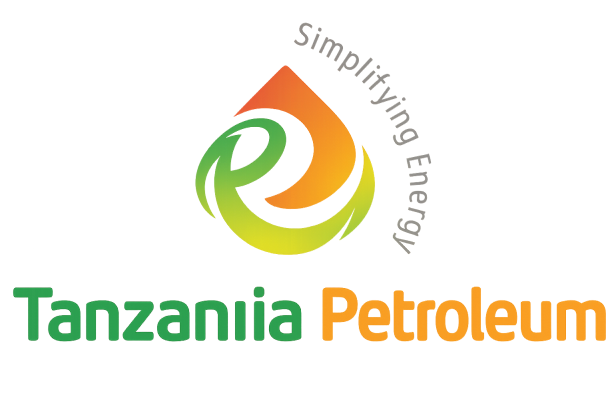Fuel margins are razor-thin. Operators who implement dynamic, data-driven pricing strategies protect revenue, optimize throughput, and increase revenue without sacrificing customer loyalty.
Here’s the executive framework.
1) Understand Your Cost and Margin Structure
Before pricing changes, know your numbers:
- Fuel procurement costs per supplier/Wholesale fuel costs
- Retail and ancillary product margins
- Operational costs including staff, utilities, and maintenance
- Make competitive price survey
Read also: Growing Smart: How to Grow a Petrol Station Network Without Losing Profit
Pricing without margin clarity risks eroding profitability.
2) Implement Dynamic Fuel Pricing.
Maximize revenue based on market conditions:
- Adjust fuel prices in response to wholesale fluctuations and competitor pricing
- Consider peak/off-peak pricing or location-based variations
- Monitor elasticity to understand how price changes impact demand
Dynamic pricing converts market intelligence into predictable margin protection.
3) Optimize Retail and Ancillary Pricing.
Ancillary revenue often drives higher margins than fuel:
- Bundle retail items with fuel for higher transaction value
- Use data to identify high-margin SKUs and promote strategically
Smart ancillary pricing improves overall site profitability.
4) Train Staff on Pricing Communication.
Perception matters:
- Ensure attendants can explain promotions and bundles clearly
- Avoid ad-hoc discounting that erodes margin
- Align incentives with upselling and margin protection
Well-trained staff turn pricing strategy into operational success.
Checklist — Smart Pricing.
- Cost and margin per product fully mapped
- Dynamic fuel pricing model implemented
- Ancillary and retail pricing optimized and tested
- Real-time monitoring dashboards live
- Staff trained on promotion and pricing communication
- Monthly review and adjustment cycle in place
Final Thought for Leaders.
Pricing isn’t just numbers—it’s a strategic lever. Operators who implement data-driven, dynamic pricing strategies protect margins, increase revenue, and future-proof their petrol stations.
Read also: Location Is Strategy: How to Pick Petrol Stations That Outperform






